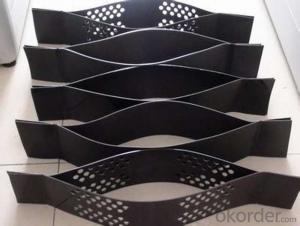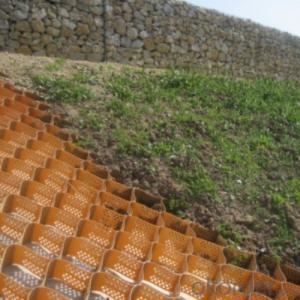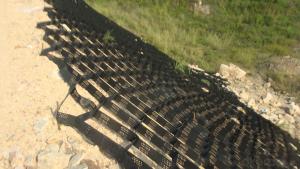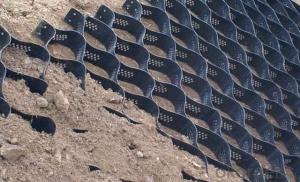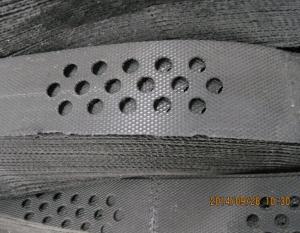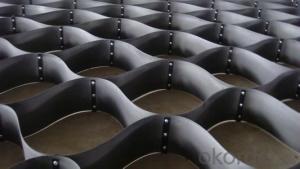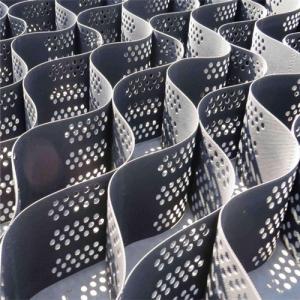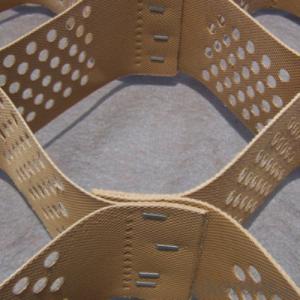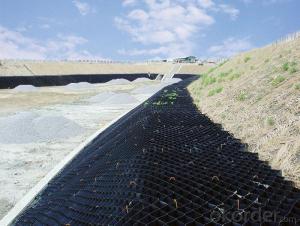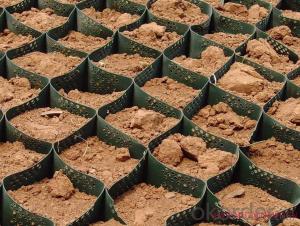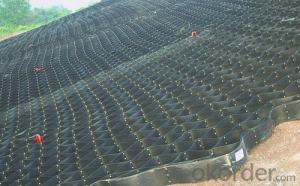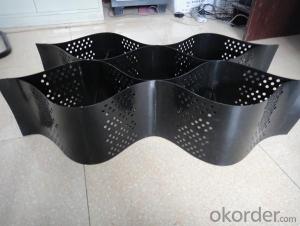All Categories
- - Steel Wire Rod
- - Steel Coils
- - Steel Profiles
- - Steel Pipes
- - Stainless Steel
- - Tinplate
- - Special Steel
- - Steel Sheets
- - Steel Rebars
- - Steel Strips
- - Hot Rolled Steel
- - Cold Rolled Steel
- - Pre-painted Steel
- - Seamless Steel Pipe
- - Welded Steel Pipe
- - Hollow Steel Tubes
- - Galvanized Pipe
- - Stainless Steel Coil
- - Stainless Steel Sheet
- - Stainless Steel Plate
- - Stainless Steel Strips
- - Electrolytic Tinplate Coil
- - Electrolytic Tinplate Sheet
- - Stainless Steel Rebars
- - Solar Panels
- - Solar Water Heater
- - Solar Related Products
- - Solar Inverter
- - Solar Cells
- - Solar Light
- - Solar Energy Systems
- - Solar Controllers
- - Solar Mounting System
- - Solar Pump
- - Solar Chargers
- - Fiberglass Chopped Strand
- - Fiberglass Mesh Cloth
- - Composite Pipes
- - FRP Pultrusion Profiles
- - Fiberglass Mat Tissue
- - Fiberglass Fabrics
- - Fiberglass Mesh
- - Composite Tank
- - Fiberglass Mesh tape
- - Polymer
- - FRP Roofing Panel
- - Fiberglass Roving
- - Monolithic Refractories
- - Ceramic Fiber Products
- - Refractory Bricks
- - Raw Materials For Refractory
- - Suspended Platform
- - Cranes
- - Concrete Machinery
- - Earthmoving Machinery
- - Building Hoist
- - Road Building Machinery
- - Plastic Pipe Fittings
- - Plastic Tubes
- - Plastic Sheets
- - Agricultural Plastic Products
- - Plastic Nets
 All Categories
All Categories
Q & A
What are the installation methods for geocells?
There are several installation methods for geocells, including manual installation, mechanical installation, and hydraulic installation. Manual installation involves unfolding the geocell and connecting the panels together manually. Mechanical installation uses equipment such as forklifts or cranes to place and connect the geocells. Hydraulic installation involves using water or air pressure to expand the geocells into their desired shape. The choice of installation method depends on factors such as project size, site conditions, and available resources.
Can geocells be used in geotechnical engineering?
Yes, geocells can be used in geotechnical engineering. Geocells are three-dimensional honeycomb-like structures made from high-density polyethylene (HDPE) or other materials. They are commonly used in geotechnical engineering applications to provide soil stabilization, erosion control, and load support. Geocells can be filled with various materials, such as soil, gravel, or concrete, to enhance the stability and performance of the soil in construction projects like roadways, retaining walls, embankments, and landfills.
How do geocells reduce soil settlement?
Geocells reduce soil settlement by providing a stable confinement system that prevents lateral movement of soil particles. The cell-like structure of geocells confines the soil and distributes the load evenly, reducing the potential for settlement. Additionally, the geocell walls interlock, creating a strong and rigid structure that enhances soil stability and prevents excessive settlement.
Wholesale Geocells from supplier in Bhutan
Our Geocells products are designed to provide reliable and cost-effective solutions for a wide range of applications. Geocells are three-dimensional, honeycomb-like structures made from high-density polyethylene (HDPE) material. They are used for soil stabilization, erosion control, slope protection, retaining walls, and green infrastructure projects. Geocells are easy to install and offer excellent load distribution, reducing the need for extensive earthworks and costly materials.
In Bhutan, where the terrain is challenging and the preservation of natural resources is a priority, Geocells offer an ideal solution for infrastructure development. Whether you are constructing roads, embankments, or riverbank protection systems, our Geocells will enhance the stability and longevity of your projects.
As a subsidiary of CNBM, we have access to a wide range of Geocells products, ensuring that we can meet your specific project requirements. Our experienced team will provide you with expert advice and technical support, helping you choose the right Geocells products for your needs. We offer competitive pricing and efficient logistics services to ensure timely delivery of your orders.
With our extensive market development in Bhutan, we understand the unique challenges and requirements of projects in the country. Our team has built strong relationships with local suppliers and contractors, enabling us to provide comprehensive procurement services. Whether you need sales support, quotations, or technical assistance, we are here to help.
Choose our Geocells products and services for your projects in Bhutan, and benefit from our expertise, reliability, and commitment to quality. Contact us today to discuss your requirements and discover how we can contribute to the success of your projects in the Land of the Thunder Dragon.
In Bhutan, where the terrain is challenging and the preservation of natural resources is a priority, Geocells offer an ideal solution for infrastructure development. Whether you are constructing roads, embankments, or riverbank protection systems, our Geocells will enhance the stability and longevity of your projects.
As a subsidiary of CNBM, we have access to a wide range of Geocells products, ensuring that we can meet your specific project requirements. Our experienced team will provide you with expert advice and technical support, helping you choose the right Geocells products for your needs. We offer competitive pricing and efficient logistics services to ensure timely delivery of your orders.
With our extensive market development in Bhutan, we understand the unique challenges and requirements of projects in the country. Our team has built strong relationships with local suppliers and contractors, enabling us to provide comprehensive procurement services. Whether you need sales support, quotations, or technical assistance, we are here to help.
Choose our Geocells products and services for your projects in Bhutan, and benefit from our expertise, reliability, and commitment to quality. Contact us today to discuss your requirements and discover how we can contribute to the success of your projects in the Land of the Thunder Dragon.

